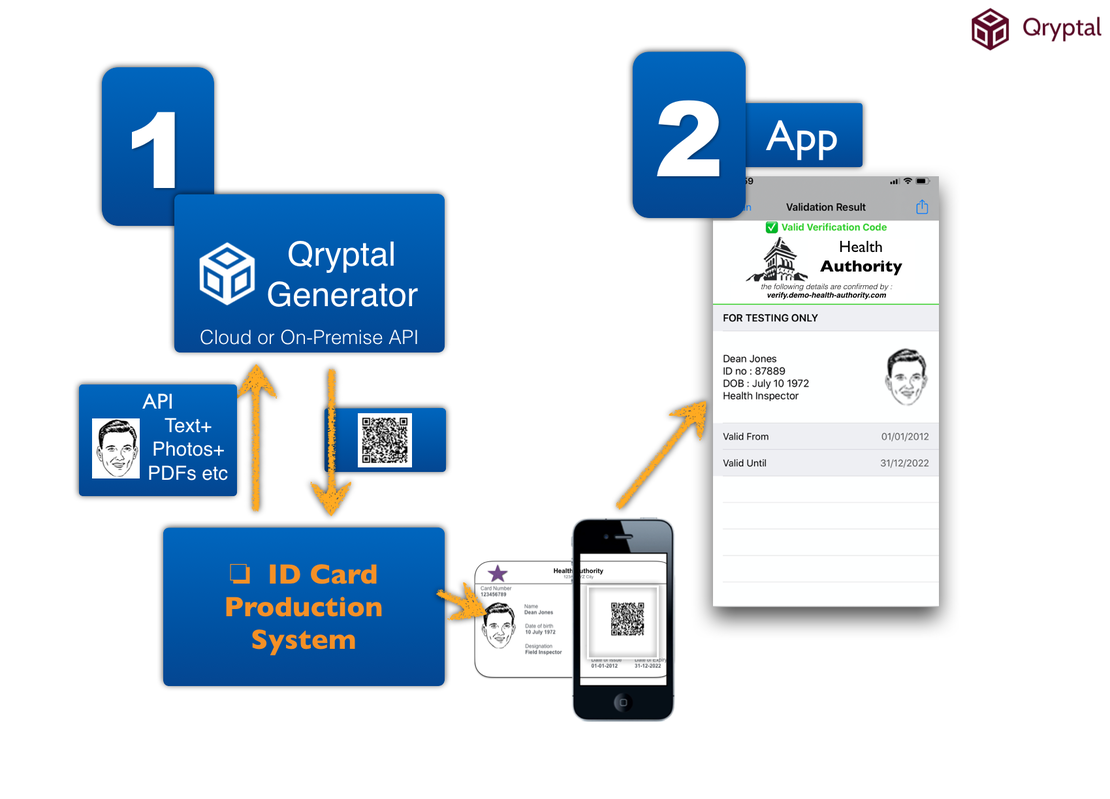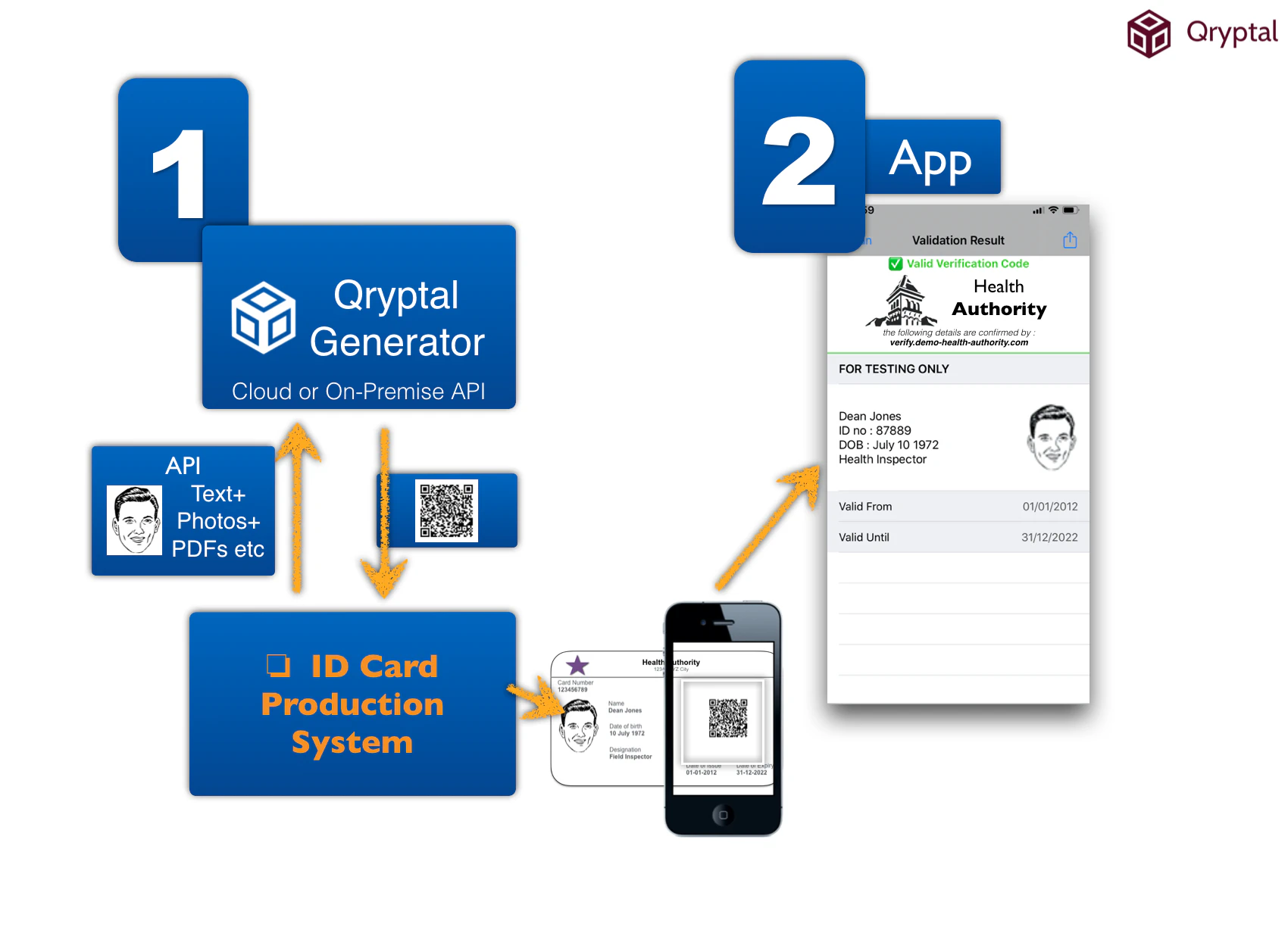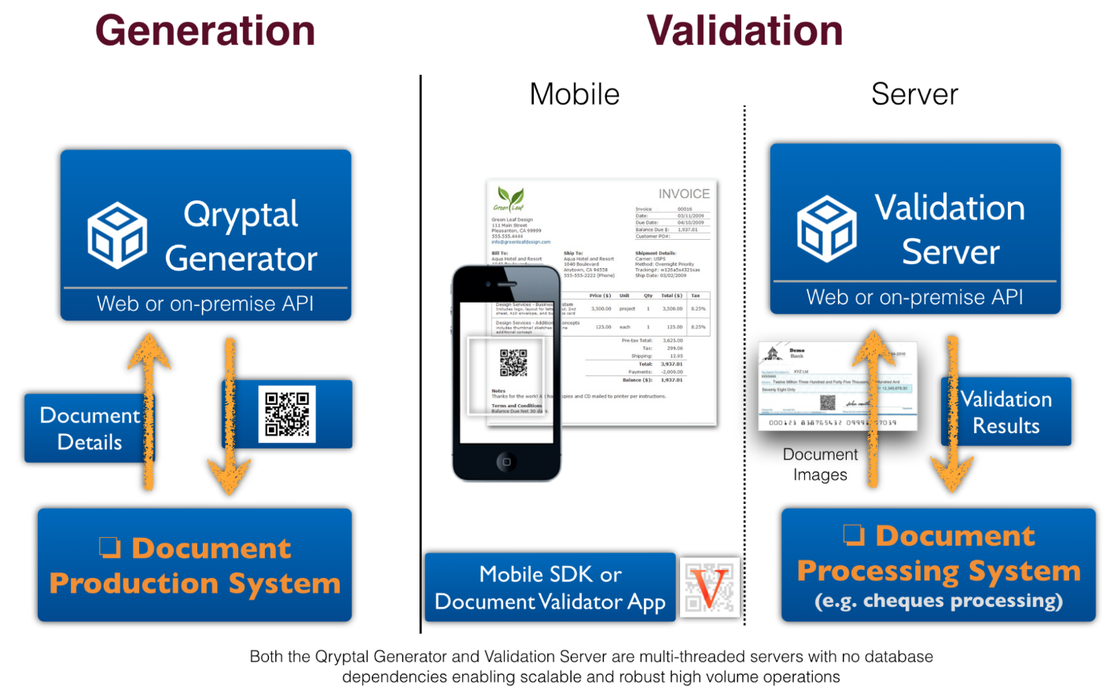Welcome to a new era in Electronic Documents
- Rajesh Soundararajan
- May 19, 2020
- 5 min read

....make them secure and easily verifiable too
A Zoom moment for electronic documents - make them secure and easily verifiable too
That COVID-19 has changed our lives is a cliche. Yet we are only gradually beginning to understand how this pandemic is changing every aspect of the way we humans socialize and communicate. Some popular stories with which people are familiar - Zoom has increased its users 30x during COVID-19. Microsoft Teams has 745 million active users daily. There are many such stories that have changed our personal and professional lives and continue to do so as we go along.
What is the future of physical documents?
With the majority of interactions going online or contactless, the need for physical documents is also undergoing a transformational shift. In the pre-COVID19 days, most documents were produced primarily in physical format, and the electronic versions were optional or provided as a convenience in addition to the physical. Only those select few cases which required faster processing or could be managed without a physical form (primarily to reduce costs) had transitioned into an electronic format the only mode.
COVID19 has changed all that. Over the last two months in particular , as the world has seen a lockdown and severe restrictions on movements of people, goods and services, we have seen an explosion in demand from various institutions towards generation and distribution of electronic documents with adequate security. The transformational shift is happening at educational institutions looking at ways to generate certificates and transcripts. It is happening in case of invoices, health and lab reports, test reports and certificates, ID cards, permits, licenses and many other such documents which are now being required in electronic formats so that they can be generated, distributed and used to facilitate the transactions as before but more suited to the contactless and remote working world.
One of the core drivers for this is the fact that certain interactions like collection and submission of physical documents are just not possible as some activities have been prohibited to reduce the transmission of this virus and the resultant spread of infection. Participants are acting remotely without standard administrative and functional support.
This new situation throws up multiple challenges for the issuer, who needs to generate electronic documents and also have it transmitted electronically to the intended recipient who has to then use it for the intended purpose. The document may subsequently be printed into a physical format if required, but in most cases, would primarily remain and be used in the electronic form .
It is hence critical that such essential documents being generated in electronic format should be secure and cannot be tampered with in either the electronic or physical formats. The document should maintain its integrity and authenticity through its life-cycle and it should be possible to verify this easily.
A Secure QR Code Solution?
This is where an encrypted, secure QR code document solution becomes a new normal in document generation, distribution and validation. Documents generated utilizing secure encrypted QR codes have several advantages -
Secure QR Code makes any document tamper-proof and instantly verifiable by a third party
A Secure QR Code led document security solution plugs into an existing document production system. It generates a highly secure digital signature which along with relevant data is to be placed on the document like a barcode
It works for both electronic and physical documents
It does not rely on databases and maintains privacy of all concerned
The verification can be done easily using a web validation mechanism or through an app on the smartphone
Once the document is issued, no further infrastructure is required needed to keep it verifiable since the security check is embedded into the document
Security is based on established cryptography and PKI which makes this more secure than typical internet banking
Offline verification is also possible in case of self-contained QR codes. In such cases no network connectivity is needed to validate the information
Offers an audit trail and also does away with the need for wet signatures in some if not most cases
Lets take an example of document such as an ID card - and see how this works
The issuing entity creates a unique digitally signed QR code for each ID that captures details like name, designation, photograph, address etc. on the ID card at the time of issuing the card. This secure QR code is then placed on the ID card itself. This secure ID card would be generated in electronic format (with the look of a physical one for familiarity) and later can even be converted to a physical one if needed. For verification either a smartphone app can be used or even a web validation mechanism.

Example : Electronic ID Card with Secure QR Code
Similar process can be followed for pretty much every kind of document that is needed such as permits or passes (called e-passes), certificates, reports, invoices and so on.
You may also like

